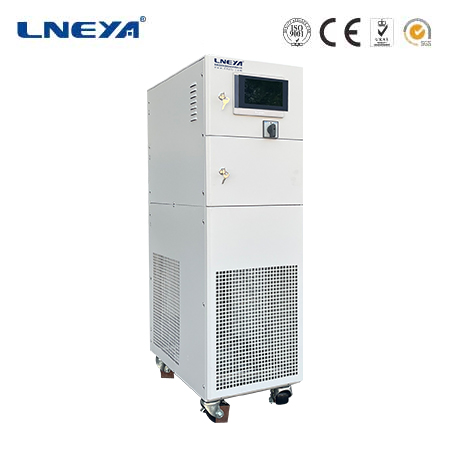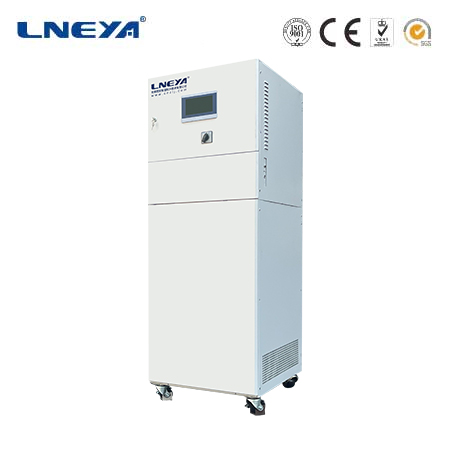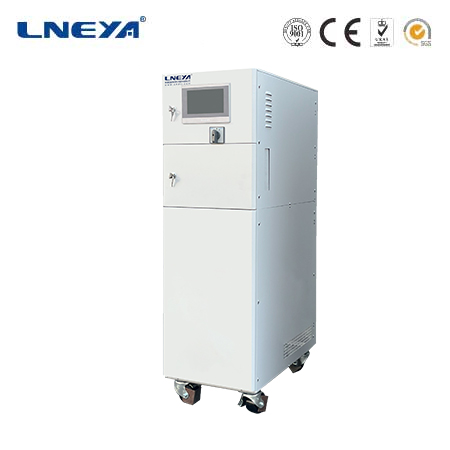low temperature cooling system
Low Temperature Cooling Systems: Achieving Ultra-Low Temperatures for Specialized Applications
Low temperature cooling systems are critical in various fields where maintaining ultra-low temperatures is essential. These systems are designed to provide precise temperature control, enabling a wide range of applications from scientific research to industrial processes.

Types of Low Temperature Cooling Systems
Cryogenic Systems: Utilize extremely low temperatures, often below -150°C, using cryogens like liquid nitrogen or helium.
Thermoelectric Coolers (TECs): Solid-state devices that can achieve temperatures down to -50°C.
Mechanical Refrigeration Systems: Use compressors and refrigerants to achieve low temperatures.
Applications of Low Temperature Cooling Systems
These systems are used in various applications, such as:
Scientific Research: For experiments requiring precise temperature control.
Material Testing: To evaluate material properties at low temperatures.
Industrial Processes: In industries like semiconductor manufacturing and pharmaceuticals.
Selecting the Right Low Temperature Cooling System
When selecting a low temperature cooling system, consider:

Temperature Range: Ensure the system can reach the required low temperatures.
Cooling Capacity: Verify the system’s ability to handle the heat load.
Energy Efficiency: Look for systems with high energy efficiency ratios (EERs).
Maintenance and Operation
Proper maintenance of low temperature cooling systems includes regular inspections, cleaning of heat exchangers, and checking for refrigerant leaks. Operation involves monitoring the system’s performance and making adjustments as needed.
Environmental Considerations
Low temperature cooling systems are designed with environmental sustainability in mind, using energy-efficient designs and environmentally friendly refrigerants.

Conclusion
Low temperature cooling systems offer a reliable and efficient solution for achieving and maintaining ultra-low temperatures. By understanding their types, applications, and the factors involved in their selection and maintenance, users can ensure optimal performance and reliability in their processes. The advancements in cooling technology have made these systems more accessible and efficient for a wide range of operations.
This article provides a comprehensive guide to low temperature cooling systems, discussing their types, applications, and the considerations for their selection and maintenance. It emphasizes the importance of choosing the right system for specific temperature control needs and highlights the advancements in cooling technology that have made these systems more accessible and efficient.
Related recommendations
temperature controller unit
278IntroductionIn an array of environments, from industrial manufacturing plants and scientific laboratories to residential and commercial buildings, maintaining the right temperature is essential. ...
View detailsnitrogen heating system
250Introduction to Nitrogen Heating SystemA nitrogen heating system is a thermal management solution that employs nitrogen, an inert gas, as the medium for heat transfer. Nitrogen's inert nature mak...
View detailsheating and cooling of water
405Heating and Cooling of Water: A Comprehensive Guide IntroductionHeating and cooling of water are critical processes in various sectors, ensuring the efficient operation of industrial systems, m...
View detailswaterchillers
432Water Chillers: A Comprehensive Overview Introduction to Water Chillers:Water chillers, also known as chilled water systems, are refrigeration systems that use water as a secondary refrigerant ...
View details
 LNEYA Thermal Test Chillers
LNEYA Thermal Test Chillers






HelloPlease log in